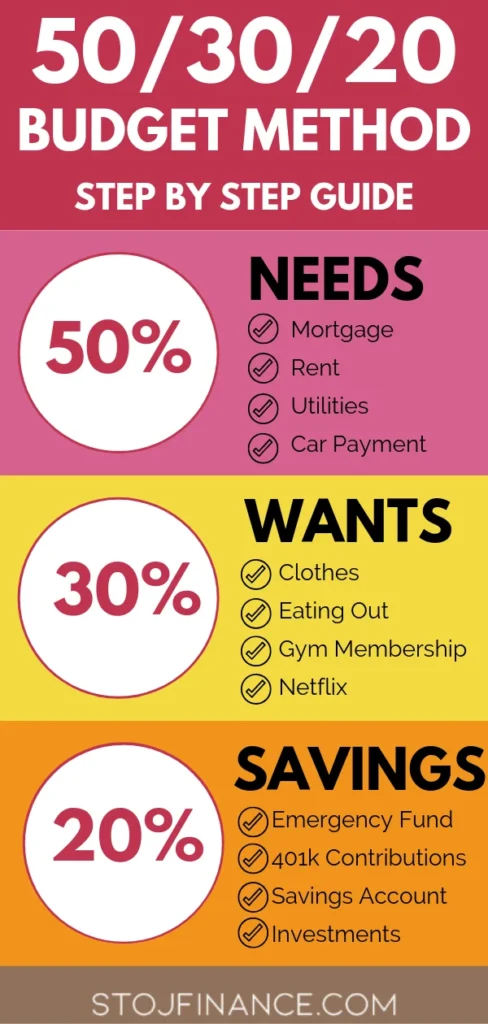Understanding Economic Trends: A Beginner’s Guide is a comprehensive resource for those who want to gain a better understanding of the complex world of economics. This guide provides a beginner-friendly explanation of key economic concepts, such as supply and demand, inflation, and GDP, to help readers navigate the ups and downs of the economy with confidence.
For those interested in the topic, “Understanding Economic Trends: A Beginner’s Guide” offers valuable insights into the forces that drive economic changes and influence business decisions. This guide covers a wide range of related terms and concepts, including market trends, fiscal policy, and global trade, making it an essential read for anyone looking to grasp the dynamics of the modern economy.
1. What are Economic Trends?
An economic trend refers to the direction in which the economy of a country or region is moving over time. These trends can include changes in GDP, inflation, unemployment rates, consumer spending, and other economic indicators. By analyzing these trends, economists and policymakers can gain insights into the overall health of the economy and make informed decisions about monetary and fiscal policy.
Economic trends can be influenced by a wide range of factors, including government policies, international trade, technological advancements, and shifts in consumer behavior. Understanding these trends is important for businesses, investors, and individuals, as they can impact everything from job opportunities to the cost of living.
2. The Importance of Understanding Economic Trends
Understanding economic trends is crucial for making informed decisions in both the public and private sectors. For businesses, staying abreast of economic trends can help in strategic planning, resource allocation, and identifying new market opportunities. Investors rely on economic trend analysis to make decisions about where to allocate their capital and manage their portfolios.
On a broader scale, governments and central banks use economic trend analysis to guide monetary and fiscal policies. By understanding where the economy is headed, policymakers can implement measures to promote growth, control inflation, and reduce unemployment. Additionally, individuals can benefit from understanding economic trends by making better-informed decisions about their careers, investments, and personal finances.
3. Types of Economic Trends
Economic trends can be categorized into several different types, including long-term trends, short-term trends, and cyclical trends. Long-term trends refer to sustained changes in the economy over many years, such as technological advancements or demographic shifts. Short-term trends, on the other hand, are temporary fluctuations that can occur over a period of months or a few years.
Cyclical trends are another important category, referring to the recurring patterns of economic expansion and contraction, known as business cycles. These cycles typically include periods of growth, peak, contraction, and trough. Understanding these different types of economic trends can provide valuable insights into the overall trajectory of an economy.
4. How Economic Trends are Measured
Economic trends are measured using a variety of indicators and data sources. Some of the most commonly used indicators include GDP (Gross Domestic Product), which measures the total value of all goods and services produced in a country, and inflation rates, which track changes in the prices of goods and services over time. Other indicators include unemployment rates, consumer confidence index, and trade balances.
These indicators are often collected and published by government agencies, central banks, and international organizations. Economists and analysts use this data to track economic trends, make forecasts, and assess the overall health of an economy.
5. Factors Influencing Economic Trends
Several factors can influence economic trends, including government policies, international trade, technological advancements, and changes in consumer behavior. Government policies, such as fiscal and monetary measures, can have a significant impact on economic trends by affecting interest rates, taxes, and government spending.
International trade can also influence economic trends, as changes in trade policies, tariffs, and exchange rates can impact a country’s exports and imports. Furthermore, technological advancements can lead to shifts in productivity, job opportunities, and industry dynamics. Changes in consumer behavior, such as shifts in spending patterns or preferences, can also influence economic trends.
6. The Impact of Economic Trends on Businesses
Economic trends can have a significant impact on businesses, influencing everything from consumer demand to production costs. During periods of economic expansion, businesses may experience increased demand for their products and services, leading to higher revenues and expansion opportunities. Conversely, during economic downturns, businesses may face reduced consumer spending and tighter credit conditions.
Understanding economic trends is crucial for businesses to make strategic decisions about pricing, production levels, and investment in new markets. By staying informed about economic trends, businesses can better anticipate changes in the business environment and adjust their strategies accordingly.
7. The Impact of Economic Trends on Individuals
Economic trends can also have a significant impact on individuals and households. For example, during periods of economic growth, individuals may experience higher job opportunities, wage growth, and improved standard of living. On the other hand, during economic downturns, individuals may face challenges such as job losses, reduced income, and higher cost of living.
Understanding economic trends can help individuals make informed decisions about their careers, investments, and personal finances. By staying abreast of economic trends, individuals can better prepare for potential changes in the job market, interest rates, and overall economic conditions.
8. Predicting Economic Trends
Predicting economic trends is a complex task that involves analyzing a wide range of economic indicators, data sources, and external factors. Economists and analysts use various models and forecasting techniques to make predictions about future economic trends, such as time series analysis, econometric models, and scenario planning.
While predicting economic trends with absolute certainty is not possible, understanding the underlying factors and dynamics at play can help in making more informed forecasts. By staying informed about economic trends, businesses, investors, and policymakers can better prepare for potential changes in the economic landscape.
9. Adapting to Economic Trends
Adapting to economic trends is crucial for businesses, investors, and individuals to thrive in a rapidly changing economic environment. Businesses can adapt to economic trends by diversifying their product offerings, expanding into new markets, and investing in innovation and technology. Investors can adapt by adjusting their portfolios, identifying new investment opportunities, and managing risk.
Individuals can adapt to economic trends by acquiring new skills and qualifications, saving for the future, and making informed decisions about their careers and personal finances. By staying agile and adaptable, businesses, investors, and individuals can better navigate the ups and downs of economic trends.
10. The Role of Government in Shaping Economic Trends
The government plays a crucial role in shaping economic trends through its fiscal and monetary policies. Fiscal policies, such as government spending and taxation, can influence economic trends by affecting aggregate demand, investment levels, and consumer behavior. Monetary policies, implemented by central banks, can influence economic trends through interest rate adjustments and money supply management.
Additionally, governments can shape economic trends through regulatory measures, trade policies, and infrastructure investments. By understanding the potential impact of government actions on economic trends, businesses, investors, and individuals can better anticipate and adapt to changes in the economic environment.
| Topic | Description |
|---|---|
| What are Economic Trends? | Economic trends are the direction in which the economy of a country or region is moving. They can include factors such as GDP growth, inflation rates, employment levels, and consumer confidence. |
| Why are Economic Trends Important? | Understanding economic trends is crucial for businesses, investors, and policymakers to make informed decisions. It helps them anticipate changes in the market, plan for the future, and implement appropriate strategies. |
| How to Analyze Economic Trends? | Analyzing economic trends involves collecting and interpreting data from various sources such as government reports, financial statements, and market research. It also requires understanding the relationships between different economic indicators. |
| Impact of Economic Trends | Economic trends can have a significant impact on individuals, businesses, and the overall society. They can influence job opportunities, investment returns, purchasing power, and government policies. |
conclusıon
“Understanding Economic Trends: A Beginner’s Guide” provides a comprehensive introduction to the concept of economic trends. It explains the importance of economic trends and how they can be analyzed. Additionally, it highlights the impact of economic trends on various aspects of the economy and society. Overall, the guide serves as a valuable resource for individuals looking to grasp the fundamentals of economic trends.




